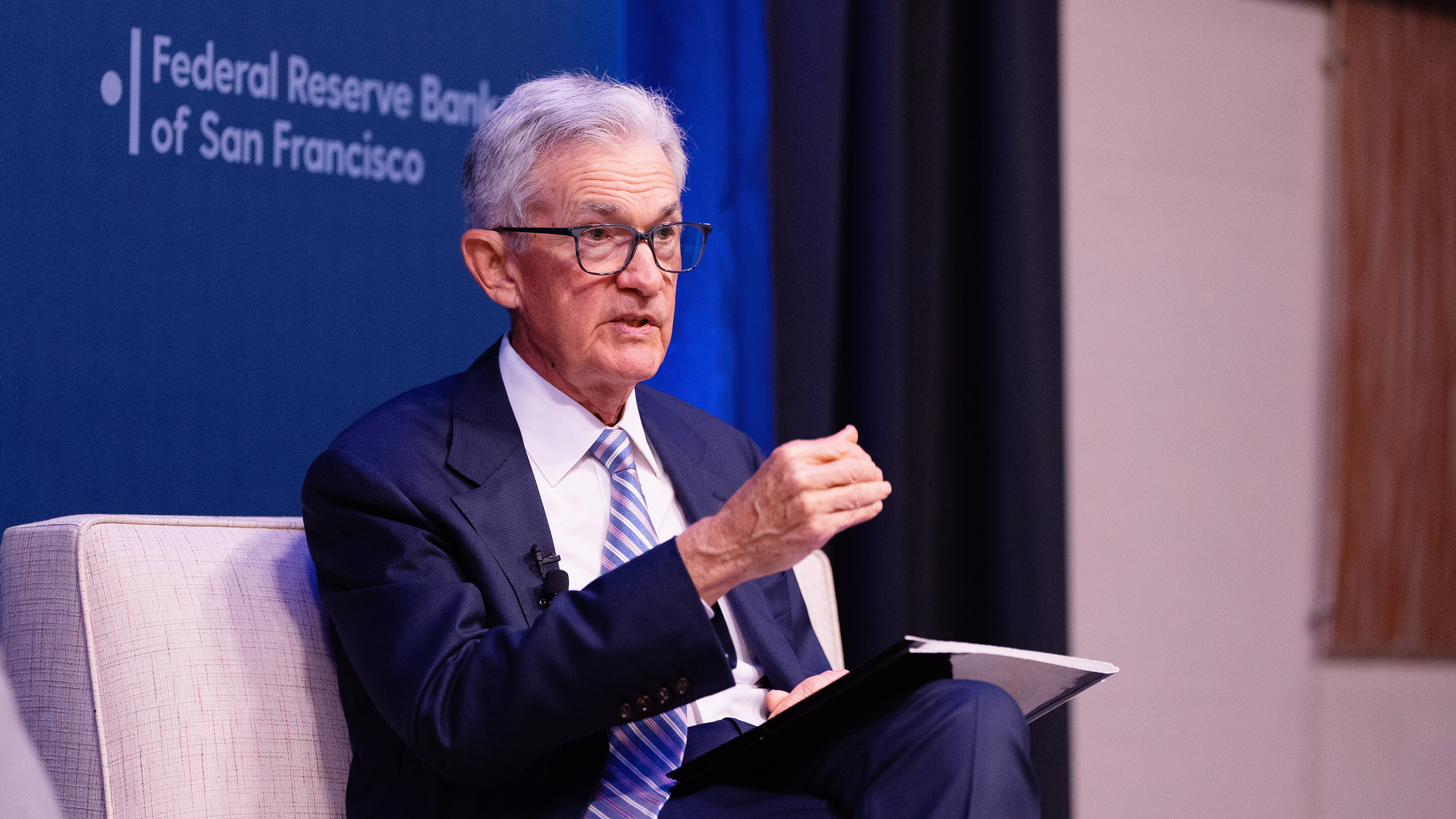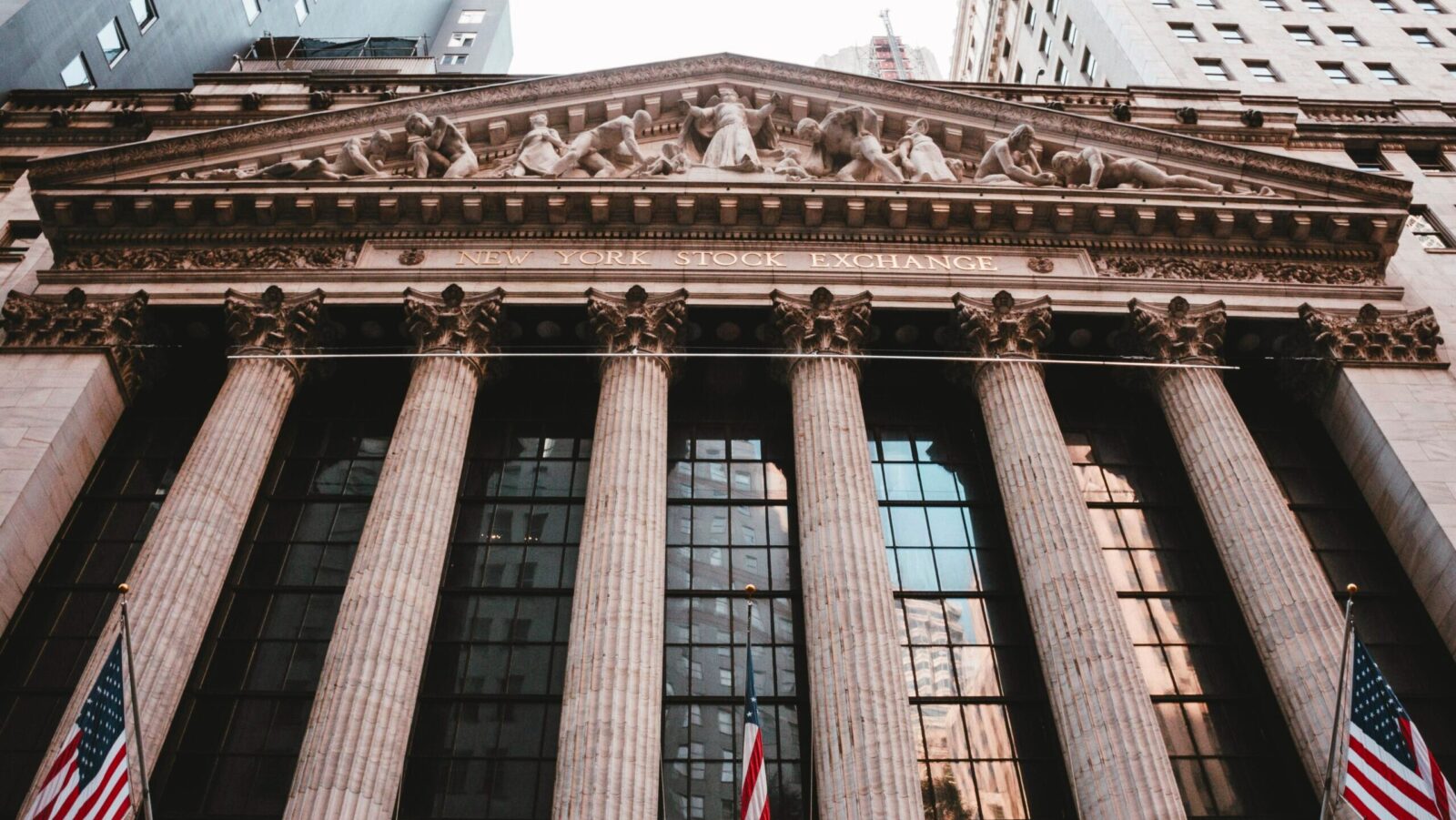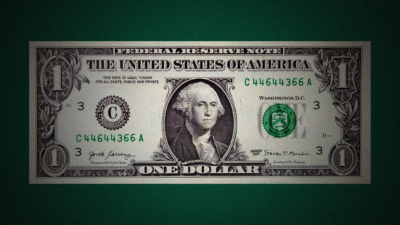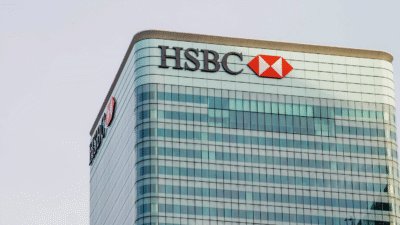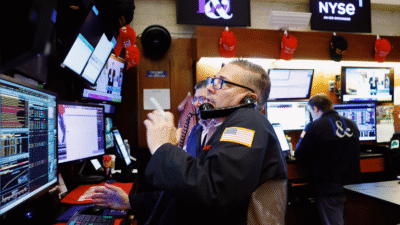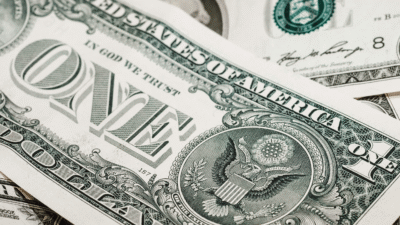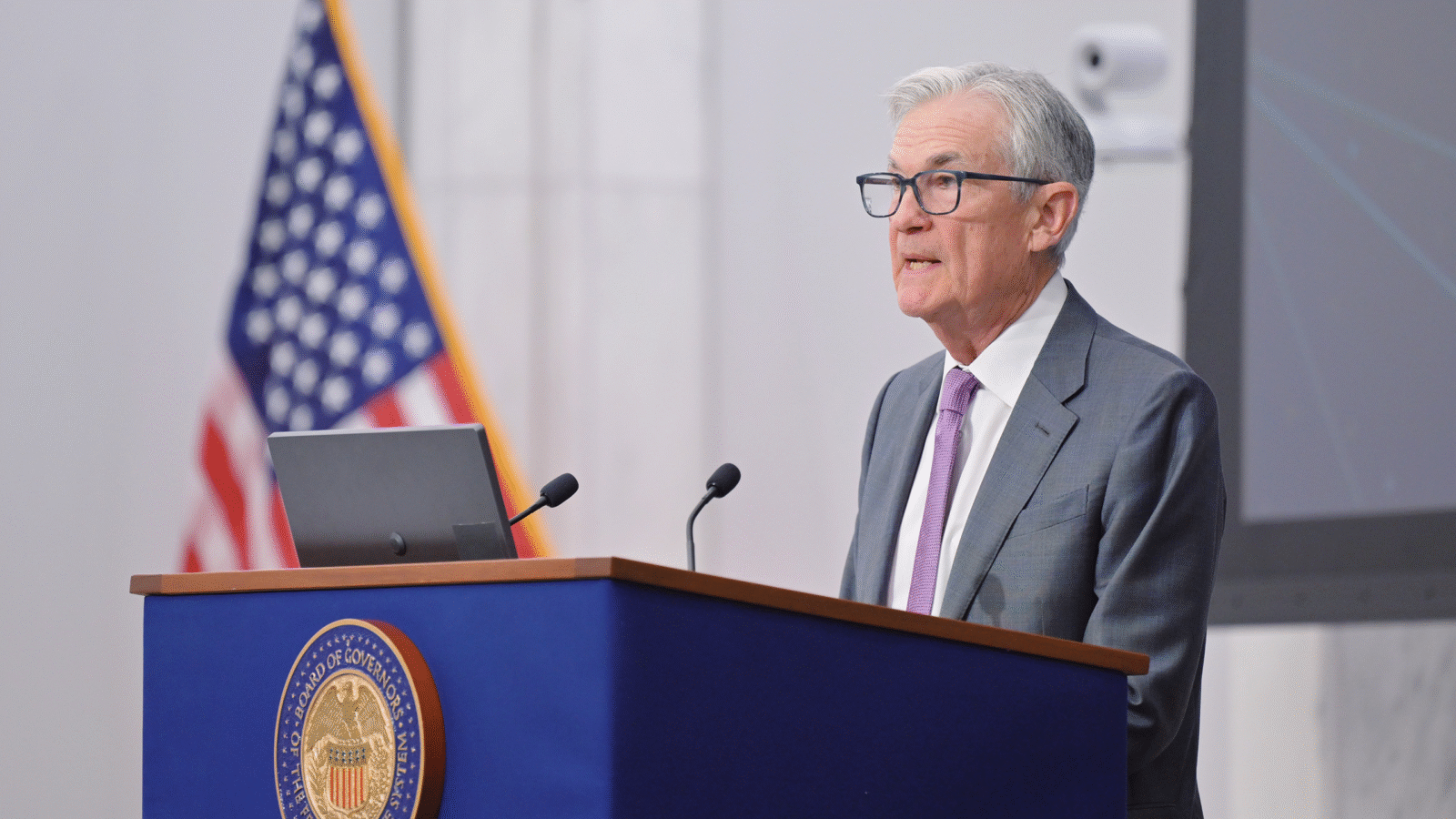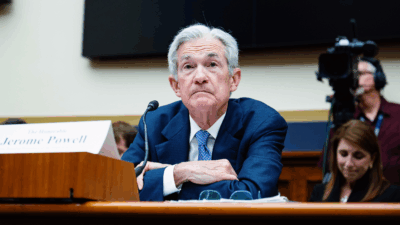2024: The Year the Rates Were Cut
The Fed’s September rate cut turbo-charged the stock market, but can the market keep up its bull run for 2025?
Sign up for smart news, insights, and analysis on the biggest financial stories of the day.
Nøh, Dăăă, Bah ouais — every language has its own version of duh. And the most obvious, biggest story of the financial world in 2024, in every tongue, was the interest rate cut. Duh.
The United States, the Euro Area, the United Kingdom, Singapore, China, India, Mexico, Brazil, Turkey, Argentina, Canada, Kenya … OK, there’s no use naming them all. Those are just some of the places where central bankers slashed rates this year in a bid to stimulate economic growth. In the US, which we’ll focus on because this would otherwise be a PhD dissertation-length newsletter, the beginning of the Fed’s rate-cut cycle in September unleashed a wave of stock market enthusiasm.
End of the Waiting Game
You know the deal. The Fed operates on a pretty straightforward monetary theory that says lower rates mean lower borrowing costs, which entice businesses and consumers to spend more. Good for economic growth. On the other hand, when the economy overheats like it did during the pandemic, the Fed can (and did) raise rates to tamp down inflation before a carton of eggs costs more than a Prada leather handbag.
Once the Fed became satisfied in September that inflation was hovering closer to its 2% target — and after a jittery dip in markets a month earlier — the central bank’s monetary policy committee began cutting rates for the first time in over four years. It started with a jumbo-sized 0.5 percentage-point reduction that month, followed by 0.25 percentage-point cuts in November and December. Hopefully, the impact was that your portfolio did well because the stock market overall sure did. But a signal by the Fed earlier this month that it may be less bullish on future cuts has stymied the elation somewhat:
- The S&P 500 is still up 25% this year while the tech-leaning Nasdaq Composite has gained 30%, but when Fed chair Jerome Powell said, after the latest cut this month, “It’s a new phase, and we’re going to be cautious about further cuts,” markets took a nosedive. The S&P 500 fell almost 3%, and the Nasdaq dropped 3.5% on his announcement.
- The slower pace of rate cuts could help banks better manage the impact. “Initially, the rate cuts will be credit negative for most US banks,” Moody’s analysts wrote in September. “We expect their deposit costs to reprice downward more slowly than their loan yields, constraining net interest income, which is most banks’ largest revenue source.” But as activity on Wall Street ramps up amid lower rates — think M&A, IPOs, dealmaking — Moody’s said banks would benefit from “higher capital markets volumes” and, if the now lower interest rates continue to bolster economic growth, “it will help banks maintain and improve their asset quality.”
The Question: Will he or won’t he? That’s the political question just about every market stakeholder is asking themselves over President-elect Donald Trump’s promises to slap tariffs on goods from foreign countries, including a 60% levy on Chinese imports and 25% on those from Canada and Mexico. The three are America’s top trading partners and tariffs would drive up the cost of goods imported from them, potentially reigniting inflation. That’s why Fed officials are now signaling they will cut the fed funds rate two times in 2025, rather than the four they previously forecasted. There are signs that foreign officials will try to placate Trump’s concerns about border security — Canada announced a $1.3 billion border security plan earlier this month, for example — to head off the tariffs, which may give the Fed more leeway.
